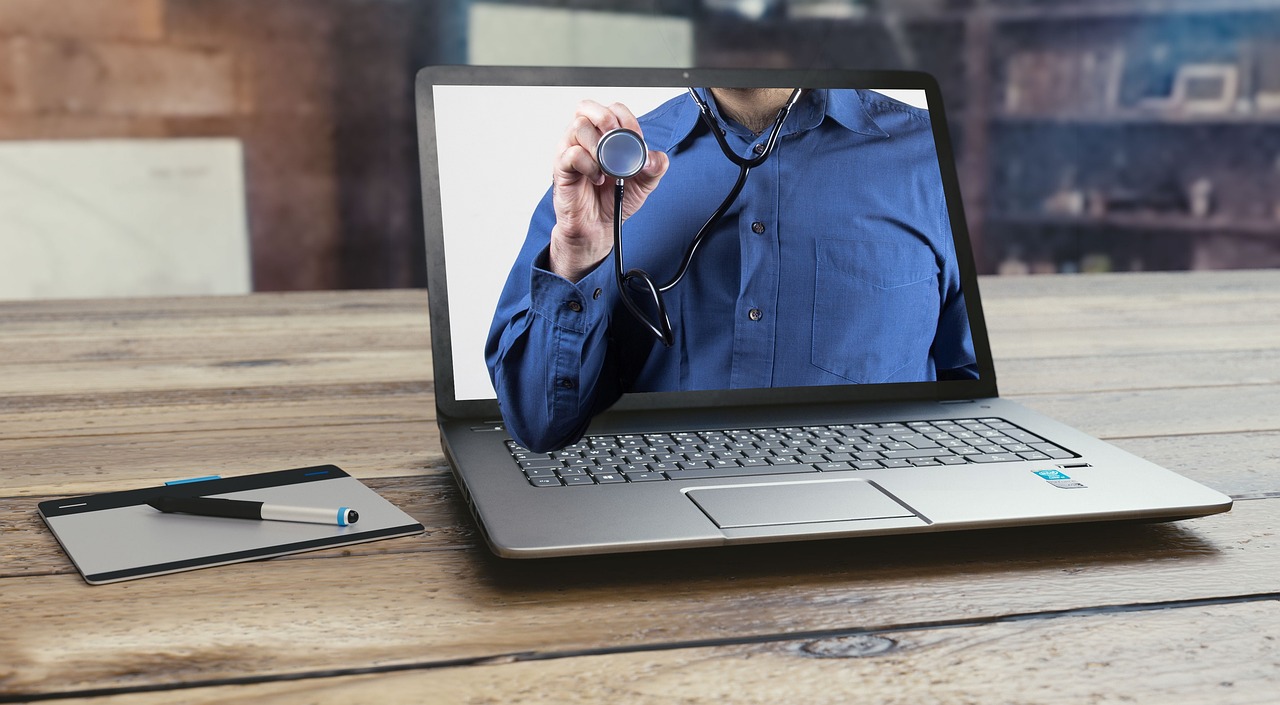
The telehealth industry is going through a radical evolution, reimagining the historical standards of how healthcare services are accessed and dispensed.
Significant shifts include the patients' individual treatment plans becoming the norm and direct prescriptions being offered to patients in the comfort of their homes.
Acknowledging this evolution is important in fostering an individualized approach to patient care. Visionaries are turning telehealth from the supplemental option to the prime way of warding off health.
Best Practices in Telehealth
As telehealth becomes more prevalent, it is risky to ignore the best industry practices since they are the most significant input to the success or failure of telehealth services.
Plugging in telehealth platforms to comply with HIPAA is pertinent, and they have to be calmed down for their integrity.
Since this translates into higher quality of care, this, in turn, improves the patient experience through building trust and engagement.
Factually speaking, the efficiency of telehealth service is closely related to its effect on patient outcomes.
A Step into a Promising Healthier Future
A brand new company, VeriNew, takes a leap as the trailblazer in healthcare accessibility. In contrast to other systems, the company marries personalized care programs with direct-to-patient prescription services. This has been the trendsetter of the new era of a proactive and caring healthcare system.
For Weight Loss specifically, it is not just about reducing body mass and attaining a slim figure, rather, it is aiming for a better functioning of the body and improved health.
Through this platform, the prescriptions of obesity medicines given, such as of GLP-1 (glucagon-like peptide-1), medications will be accessible which enables a comprehensive treatment of obesity.
GLP-1 medications, previously considered the most efficacious prescription treatment for obesity, are now available through VeriNew.com.
GLP-1 Medications: Integrated Approach
GLP-1 medications, the central factor in VeriNew's strategy, replicate a natural one that controls the body's blood sugar and hunger.
The focus is precisely not only on the reduction in weight but also on the method that is beneficial for overall wellness. VeriNew's guidelines give awareness of the right and safe use of such medications.
Challenging Stereotypes Surrounding Obesity
VeriNew appreciates that obesity is mainly misjudged and misinterpreted. VeriNew's Medical Director, Dr. Erik Smith, suggests a new angle.
He recommends that people look at obesity differently and see it as not a personal fault, but one of the spheres of life that needs to be understood and supported. VeriNew tries to be a representative of the evolution of collectable industry.
Accessibility Redefined by VeriNew
Besides delivering care, VeriNew has the goal of re-designing accessibility in treatments.
With personalized care services, direct prescription benefits, and telehealth medics, VeriNew proves that health care can be effective and affordable for everyone.
Prioritizing Security and Privacy
VeriNew protects the privacy and integrity of the health data. As a concierge service, the platform retains best practices, HIPAA, and privacy that connect doctors and patients securely and privately.
Focused on Your Well-Being
We believe that the patient should always come first. Therefore, VeriNew's fundamental goal is to take a patient-centric approach.
It approaches the whole issue not just as a means to diagnose and treat a particular condition but to improve one's well-being in general.
The guidance for self-administration of medications in terms of not only treating a condition but also enhancing good health is provided here.
Key Trends in Telehealth Going Forward
Increased Specialized Care: Telehealth is not confined to general health consultations but incorporates many other services as well. It's quite normal for different types of services to be offered other than general medical care, including mental health counseling, dermatology, and chronic disease management. Such a service helps people avail of top-level care from the privacy of their own homes.
Wearable Technology Integration: Telemedicine or telehealth is a primary part of the medical device industry that provides wearable devices such as smartwatches and health trackers. To patients, it offers the ability to share their health status with healthcare professionals as and when it happens so that individualized and anticipative healthcare services can be provided.
Enhanced Remote Monitoring: Telehealth is expected to evolve into more sophisticated remote monitoring systems soon. This incorporates the observation of vital signs, the management of chronic conditions, and the follow-up of post-surgery healing.
Doctors must use the data received from tracking devices to intervene immediately if any concerns arise, which leads to an improvement in the outcomes of the patients.
Telehealth in Rural and Underserved Areas: Telehealth serves as a bridge that connects physicians with rural and underserved patients in their healthcare gap. In this regard, measures to upgrade and develop internet infrastructure, heighten information, and offer the needed resources could be some of the initiatives that are undertaken to make sure that access to medical care is not based on where one lives.
Integration of Artificial Intelligence (AI): AI is gradually becoming an indispensable part of telehealth that supports diagnostics, treatment plans, and personalized healthcare recommendations.
Machine learning algorithms are on the way to doing some analytics of the patient data, and this will add more value to telehealth, which will be done more efficiently and effectively.
These trends indicate a shift in direction towards multi-faceted, data-driven, and easy-to-use telehealth systems that are happening with the coming of 2025.









